AI and Large Language Models (LLMs) are like modern skyscrapers, tall, impressive, and groundbreaking. But what happens when the foundation isn’t strong, or when cracks appear in the structure? In the world of AI, those cracks are adversarial threats, vulnerabilities, and weak infrastructures. Without reinforcement, even the most promising AI systems risk tumbling under the weight of cyberattacks and operational failures.
That’s where S3CURE/AI’s third pillar, AI/LLM Threat Modeling and Infrastructure Hardening, steps in. This pillar isn’t just about building defenses: it’s about anticipating threats before they arise and fortifying your AI infrastructure to be battle-ready. Let’s begin with unpacking the issues surrounding AI today.
The Trouble with Unprepared AI
AI systems, particularly Large Language Models (LLMs), have become powerful tools, but their sophistication also makes them prime targets for a growing arsenal of cyber threats. Visualize a hacker crafting prompt injections, deceptively worded inputs designed to manipulate the AI into revealing sensitive information, generating harmful outputs, or making decisions contrary to its intended purpose.
For instance, a cleverly crafted input might trick an AI chatbot into exposing confidential organizational data or circumventing security protocols altogether. These attacks exploit the AI’s natural language processing capabilities, turning its strength into a vulnerability.
Then there’s the insidious threat of model inversion, a cyberattack akin to peeling back the layers of a black box. Here, hackers reverse-engineer the AI model, gaining access to the private data used during its training. This can lead to the exposure of sensitive user information, trade secrets, or proprietary algorithms that should never have left the secure confines of the training environment.
On a more foundational level, data poisoning poses a significant challenge. By corrupting the training datasets, attackers can subtly or overtly alter an AI model’s behavior. This could mean skewing results, introducing biases, or completely derailing the performance of the model. Imagine an AI system designed for fraud detection being fed poisoned data that makes it label fraudulent activities as legitimate which, goes without saying that this can have catastrophic real-world implications.
But the vulnerabilities don’t end with the AI models themselves. The infrastructures hosting these systems are often riddled with potential entry points for attackers. Open APIs, essential for enabling AI integrations and deployments, can inadvertently serve as wide-open doors for unauthorized access if not properly secured. Similarly, insecure data pipelines, through which sensitive data flows during AI operations, can act as weak links, exposing critical information to interception or tampering. Weak access controls, such as poorly managed user permissions or the absence of multi-factor authentication, leave infrastructures highly susceptible to breaches, amplifying the risks even further.
AI and Large Language Models (LLMs) are like modern skyscrapers, tall, impressive, and groundbreaking. But what happens when the foundation isn’t strong, or when cracks appear in the structure? In the world of AI, those cracks are adversarial threats, vulnerabilities, and weak infrastructures. Without reinforcement, even the most promising AI systems risk tumbling under the weight of cyberattacks and operational failures.
That’s where S3CURE/AI’s third pillar, AI/LLM Threat Modeling and Infrastructure Hardening, steps in. This pillar isn’t just about building defenses: it’s about anticipating threats before they arise and fortifying your AI infrastructure to be battle-ready. Let’s begin with unpacking the issues surrounding AI today.
The Trouble with Unprepared AI
AI systems, particularly Large Language Models (LLMs), have become powerful tools, but their sophistication also makes them prime targets for a growing arsenal of cyber threats. Visualize a hacker crafting prompt injections, deceptively worded inputs designed to manipulate the AI into revealing sensitive information, generating harmful outputs, or making decisions contrary to its intended purpose. For instance, a cleverly crafted input might trick an AI chatbot into exposing confidential organizational data or circumventing security protocols altogether. These attacks exploit the AI’s natural language processing capabilities, turning its strength into a vulnerability.
Then there’s the insidious threat of model inversion, a cyberattack akin to peeling back the layers of a black box. Here, hackers reverse-engineer the AI model, gaining access to the private data used during its training. This can lead to the exposure of sensitive user information, trade secrets, or proprietary algorithms that should never have left the secure confines of the training environment.
On a more foundational level, data poisoning poses a significant challenge. By corrupting the training datasets, attackers can subtly or overtly alter an AI model’s behavior. This could mean skewing results, introducing biases, or completely derailing the performance of the model. Imagine an AI system designed for fraud detection being fed poisoned data that makes it label fraudulent activities as legitimate which, goes without saying that this can have catastrophic real-world implications.
But the vulnerabilities don’t end with the AI models themselves. The infrastructures hosting these systems are often riddled with potential entry points for attackers. Open APIs, essential for enabling AI integrations and deployments, can inadvertently serve as wide-open doors for unauthorized access if not properly secured. Similarly, insecure data pipelines, through which sensitive data flows during AI operations, can act as weak links, exposing critical information to interception or tampering. Weak access controls, such as poorly managed user permissions or the absence of multi-factor authentication, leave infrastructures highly susceptible to breaches, amplifying the risks even further.
S3CURE/AI’s S3 Pillar
The solution is S3CURE AI’s two-pronged approach: Threat Modeling Assessment and AI Infrastructure Security Hardening.

Threat Modeling Assessment identifies potential attack vectors by systematically evaluating the AI system’s architecture and workflows, enabling organizations to predict and prioritize risks before they manifest and AI Infrastructure Security Hardening reinforces the digital “walls” that safeguard AI systems by implementing robust access controls, encrypted pipelines, and real-time monitoring tools.
- AI Threat Modeling Assessment: Thinking Like an Adversary
Threat modeling is essentially playing detective only that the suspect is a cyberattack waiting to happen, and the crime scene is your AI system. This assessment drills into your AI/LLM’s architecture, mapping out as many potential vulnerability and attack vectors as possible. This assessment can typically cover:
- Data Flows: Tracing how sensitive data moves through your AI pipeline to identify weak points.
- Attack Simulations: Testing scenarios like adversarial inputs and model tampering to see how your AI holds up.
- Risk Prioritization: Not all threats are created equal. This step ranks risks by severity, so you know where to focus your defenses.
This appproach can be thought of as playing chess with a hacker. You’re not just defending your pieces but anticipating every sneaky move they might make.
- AI Infrastructure Security Hardening: Fortify the Fortress
Once you know the risks, it’s time to reinforce your infrastructure. Security hardening is like upgrading your AI’s home security system: locks, alarms, cameras, the works but in AI terms, it’s all about shoring up your data, APIs, and model deployment environments. The following reinforcements are key:
- Zero-Trust Architecture: No one gets in without verification: every user, every device, every time.
- Secure API Gateways: Protecting the “doors” to your AI systems to prevent unauthorized access.
- Encryption Everywhere: From data in transit to model parameters, encryption ensures no one can peek where they shouldn’t.
- Runtime Protections: Real-time monitoring and anomaly detection to catch attacks as they happen.
What makes AI/LLM Threat Modeling and Infrastructure Hardening so critical is its proactive mindset. Instead of waiting for something to go wrong, you’re building AI systems that anticipate attacks and shrug them off like they’re nothing. The benefits are innumerable but here’s a few:
- Resilience: AI that keeps running smoothly, even when a hacker is fishing for vulnerabilities.
- Confidence: Knowing your infrastructure can withstand not just today’s threats but tomorrow’s too.
- Compliance: Regulatory standards love a well-protected AI (and so do your stakeholders).
S3CURE/AI’s S3 Pillar
The solution is S3CURE AI’s two-pronged approach: Threat Modeling Assessment and AI Infrastructure Security Hardening.

Threat Modeling Assessment identifies potential attack vectors by systematically evaluating the AI system’s architecture and workflows, enabling organizations to predict and prioritize risks before they manifest and AI Infrastructure Security Hardening reinforces the digital “walls” that safeguard AI systems by implementing robust access controls, encrypted pipelines, and real-time monitoring tools.
- AI Threat Modeling Assessment: Thinking Like an Adversary
Threat modeling is essentially playing detective only that the suspect is a cyberattack waiting to happen, and the crime scene is your AI system. This assessment drills into your AI/LLM’s architecture, mapping out as many potential vulnerability and attack vectors as possible. This assessment can typically cover:
- Data Flows: Tracing how sensitive data moves through your AI pipeline to identify weak points.
- Attack Simulations: Testing scenarios like adversarial inputs and model tampering to see how your AI holds up.
- Risk Prioritization: Not all threats are created equal. This step ranks risks by severity, so you know where to focus your defenses.
This appproach can be thought of as playing chess with a hacker. You’re not just defending your pieces but anticipating every sneaky move they might make.
- AI Infrastructure Security Hardening: Fortify the Fortress
Once you know the risks, it’s time to reinforce your infrastructure. Security hardening is like upgrading your AI’s home security system: locks, alarms, cameras, the works but in AI terms, it’s all about shoring up your data, APIs, and model deployment environments. The following reinforcements are key:
- Zero-Trust Architecture: No one gets in without verification: every user, every device, every time.
- Secure API Gateways: Protecting the “doors” to your AI systems to prevent unauthorized access.
- Encryption Everywhere: From data in transit to model parameters, encryption ensures no one can peek where they shouldn’t.
- Runtime Protections: Real-time monitoring and anomaly detection to catch attacks as they happen.
What makes AI/LLM Threat Modeling and Infrastructure Hardening so critical is its proactive mindset. Instead of waiting for something to go wrong, you’re building AI systems that anticipate attacks and shrug them off like they’re nothing. The benefits are innumerable but here’s a few:
- Resilience: AI that keeps running smoothly, even when a hacker is fishing for vulnerabilities.
- Confidence: Knowing your infrastructure can withstand not just today’s threats but tomorrow’s too.
- Compliance: Regulatory standards love a well-protected AI (and so do your stakeholders).
Conclusion
AI is only as strong as its defenses, and S3CURE AI’s third pillar, AI/LLM Threat Modeling and Infrastructure Hardening, ensures your systems are ready for whatever the digital world throws at them. Whether it’s stopping prompt injections in their tracks or making your infrastructure hacker-proof, it is all about blending intelligence with invincibility.
So, go ahead, let your AI reach for the sky. Learn more about S3CURE/AI and secure the future of your innovation.
Conclusion
AI is only as strong as its defenses, and S3CURE AI’s third pillar, AI/LLM Threat Modeling and Infrastructure Hardening, ensures your systems are ready for whatever the digital world throws at them. Whether it’s stopping prompt injections in their tracks or making your infrastructure hacker-proof, it is all about blending intelligence with invincibility.
So, go ahead, let your AI reach for the sky. Learn more about S3CURE/AI and secure the future of your innovation.
See also:

